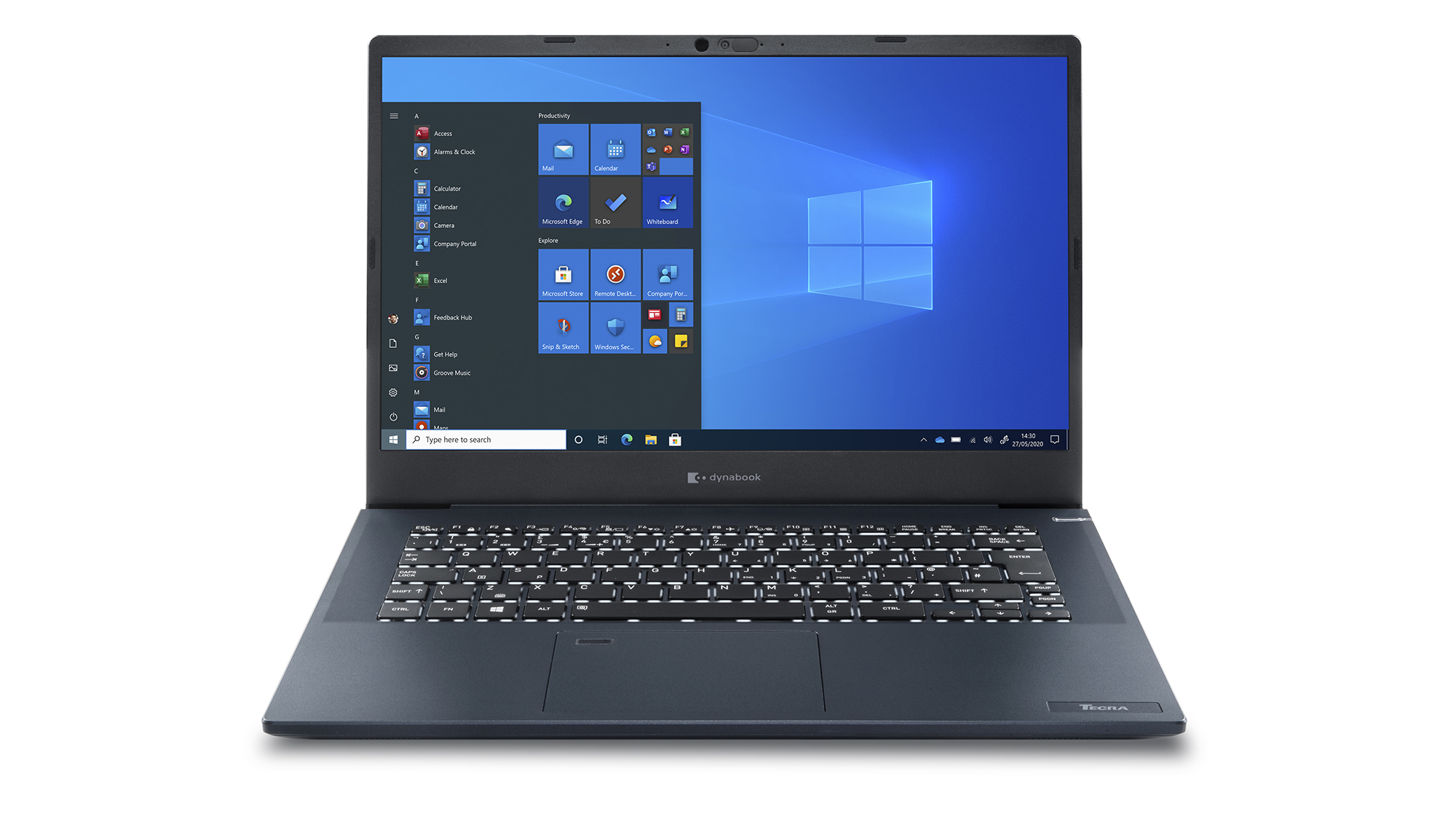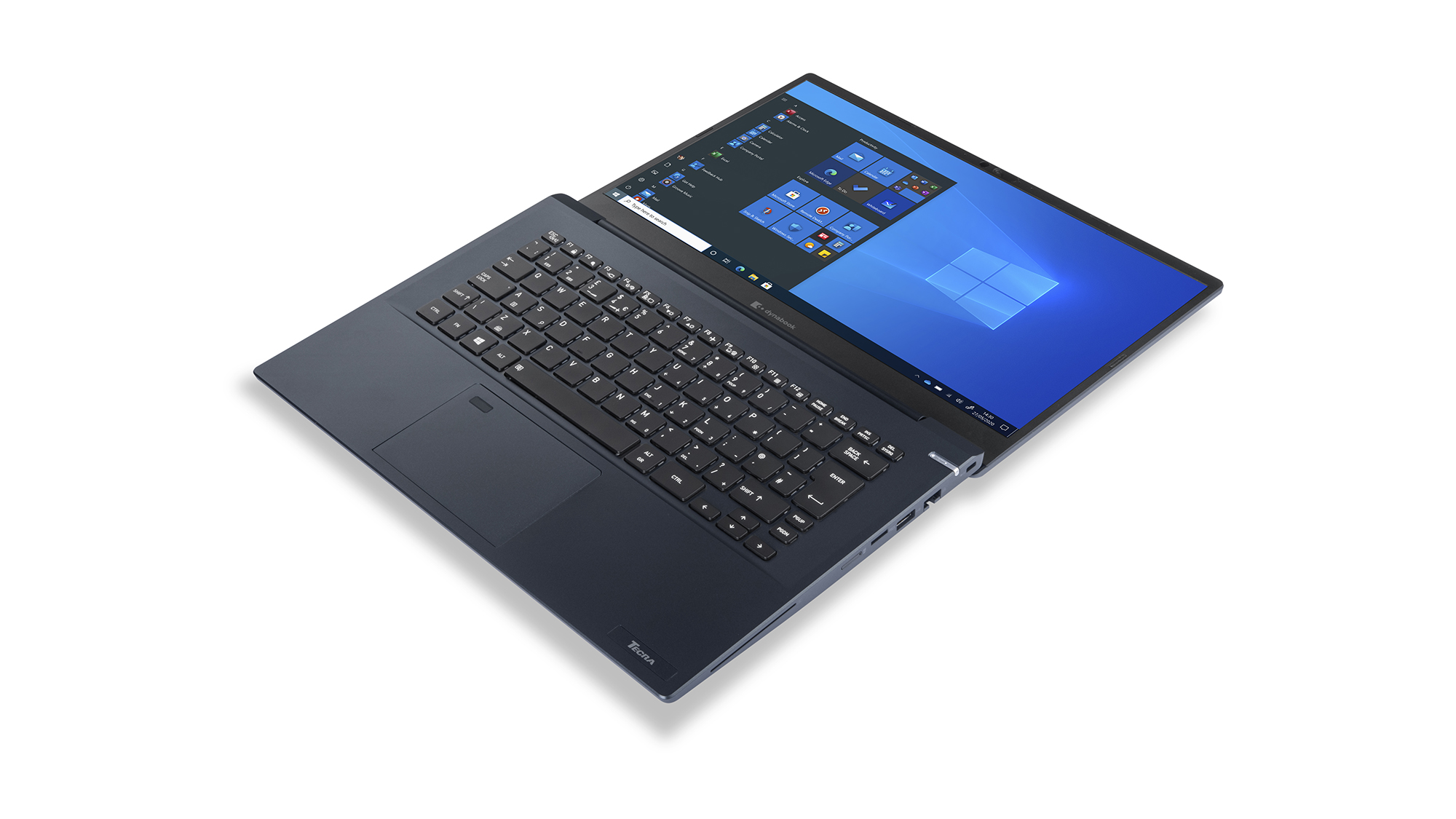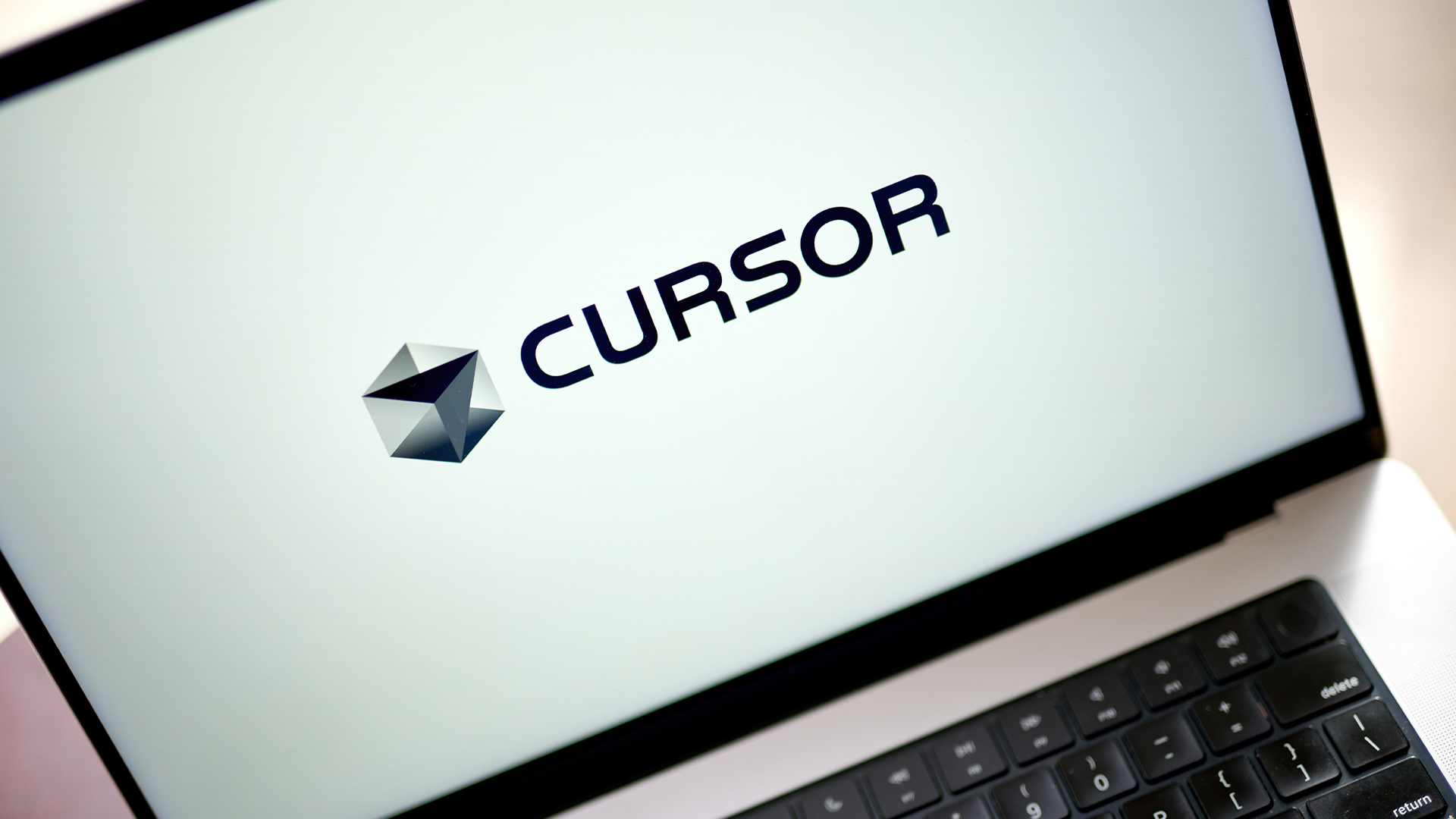Dynabook Tecra A40-J-11J review: A laptop that goes the distance
A brutally fast and affordable business laptop with great battery life, but don’t expect top screen quality

-
+
Outstanding performance
-
+
Long-lasting battery
-
+
Well-rounded selection of ports and features
-
-
Terrible display quality

This latest Dynabook Tecra asks a straightforward question of anyone deciding whether or not to buy it: how much do you care about screen quality? About colour coverage and accuracy, about whether whites actually look white? If the answer is “a lot” to any of those, then you should save three minutes of your life and stop reading now, because none of this panel’s results make for pleasant reading – whether that’s 61% coverage of the sRGB gamut, an average Delta E of 4.16 or a 5800K colour temperature that gives whites a yellowish hue.
If you can look past the screen, however, this is one belter of a business laptop that offers terrific value for money. We want to emphasise the word “belter”, too, because Dynabook includes the most powerful 28W variant of the Core i7-1165G7 processor and that certainly showed in our benchmarks. A score of 166 is the fastest we’ve seen from this chip, and results of 1,517 (single-core) and 4,744 (multicore) in Geekbench 5 are not too shabby, either.
The benchmark scores might have been higher still if Dynabook had included a faster SSD, with sequential read and write speeds of 1,992MB/sec and 858MB/sec made to look ordinary next to the latest drives. Will most people notice in practice? Probably not, with the Tecra A40 proving to be one of the nippiest Windows 10 systems around (it qualifies for a free upgrade to Windows 11 when the update becomes available) in everyday use, and nor are you likely to feel limited by its 16GB of DDR4 RAM.
As we’ve come to expect from Dynabook laptops, it’s simple to upgrade the RAM and replace the SSD or battery should the occasion arise. Nine crosshead screws are all that stand in your way, and we were inside within two minutes. Open it up and you’ll find one spare DIMM socket, making it easy to upgrade to this machine’s 32GB maximum, and both the battery and SSD are easy to remove and replace. Again, the only tool you need is a crosshead screwdriver.
The underside of the Tecra A40-J is plastic, but the rest of the machine is built from magnesium alloy finished in Dynabook’s trademark dark blue. Naturally it’s been subjected to a suite of MIL-STD-10G tests, but you would still be wise to extend the single year of warranty that comes as standard.

It’s a stretch to call this laptop stylish – although this hasn’t stopped Dynabook from doing so – and that’s partially because it measures 18.9mm thick. In today’s ultra-sleek landscape, full of 15mm-thick machines, that’s positively portly. Nor does that figure include the 5mm ridge of plastic attached to the undercarriage that lifts the Tecra to a more pleasant typing angle. The other blemish when it comes to the design is comparatively chunky bezels, measuring over 20mm at the bottom, 7mm at the sides and 11mm at the top.
Dynabook does at least use that last space wisely, including an infrared webcam that signs in via Windows Hello almost instantly. The 720p webcam itself isn’t anything special, with noise and an overly warm hue, but a fine pair of microphones mean I wouldn’t rush to replace it with a standalone webcam.
Sign up today and you will receive a free copy of our Future Focus 2025 report - the leading guidance on AI, cybersecurity and other IT challenges as per 700+ senior executives
There are plenty of ports if you need to plug in such accessories. Two Thunderbolt 4 sockets sit on the left-hand side, both of which support power delivery and video output. Dynabook includes a compact power adapter, weighing 350g with the plug attached, but any USB-C power source that delivers over 65W will do the job. You’ll also find an HDMI out, USB-A 3.2 port and a combo 3.5mm jack.
Heading over to the right reveals an Ethernet socket, second USB-A 3.2 port, microSD card slot and space for a smart card. Together with a fingerprint reader built into the smooth and accurate trackpad, plus Wi-Fi 6 and Bluetooth 5.2, there’s little more that a business buyer could ask for.
Keen typists probably won’t fall in love with the keyboard, however. There are things to like – it’s quiet, offers three backlight levels and the cursor keys (although smaller than ideal) are well separated with no function doubling – but it seems odd not to make more use of the available chassis width. We would also like more travel and feedback on the keys, but personal tastes differ here.

One indisputable strength to end on, however, is battery life. Dynabook has clearly taken the decision to add bulk and weight – 1.5kg is nothing special these days – so that it can include a meaty 53Wh battery, and in return the Tecra A40-J kept going for over ten hours in our video-rundown test. That’s a fine result for such a powerful laptop.
If you’ve kept reading this far then we can only assume the screen quality hasn’t put you off, and there is one factor in its favour: a matte finish removes any problems with reflections. We still wish Dynabook included one of the excellent Sharp IGZO panels we’ve seen in its other Dynabooks, but look past this and you’ll find a fast, long-lasting machine for a highly competitive price.
Dynabook Tecra A40-J-11J specifications
| Processor | Quad-core 2.8GHz Intel Core i7-1165G7 CPU |
| RAM | 16GB DDR4 3,200MHz RAM |
| Graphics adapter | Intel Iris Xe graphics |
| Storage | 512GB NVMe SSD |
| Screen size (in) | 14in |
| Screen resolution | 1,920 x 1,080 |
| Screen type | IPS |
| Touchscreen | N/A |
| Memory card slot | MicroSD slot |
| 3.5mm audio jack | Combo 3.5mm jack |
| Graphics outputs | 2 x Thunderbolt 4 ports, 1x HDMI 2 |
| Other ports | 2 x USB-A 3.2, smart card slot, Gigabit Ethernet |
| Web Cam | 720p IR webcam |
| Wi-Fi | 2x2 Wi-Fi 6 |
| Bluetooth | Bluetooth 5.2 |
| NFC | N/A |
| Dimensions, mm (WDH) | 324 x 221 x 18.9mm |
| Weight (kg) - with keyboard where applicable | 1.5kg |
| Battery size (Wh) | 53Wh battery |
| Operating system | Windows 10 Pro |
Tim Danton is editor-in-chief of PC Pro, the UK's biggest selling IT monthly magazine. He specialises in reviews of laptops, desktop PCs and monitors, and is also author of a book called The Computers That Made Britain.
You can contact Tim directly at editor@pcpro.co.uk.
-
 Anthropic says MCP will stay 'open, neutral, and community-driven' after donating project to Linux Foundation
Anthropic says MCP will stay 'open, neutral, and community-driven' after donating project to Linux FoundationNews The AIFF aims to standardize agentic AI development and create an open ecosystem for developers
By Ross Kelly Published
-
 Developer accidentally spends company’s entire Cursor budget in one sitting — and discovers worrying flaw that let them extend it by over $1 million
Developer accidentally spends company’s entire Cursor budget in one sitting — and discovers worrying flaw that let them extend it by over $1 millionNews A developer accidentally spent their company's entire Cursor budget in a matter of hours, and discovered a serious flaw that could allow attackers to max out spend limits.
By Emma Woollacott Published
-
 Global IT spending set to hit a 30-year high by end of 2025
Global IT spending set to hit a 30-year high by end of 2025News Spending on hardware, software and IT services is growing faster than it has since 1996
By Emma Woollacott Published
